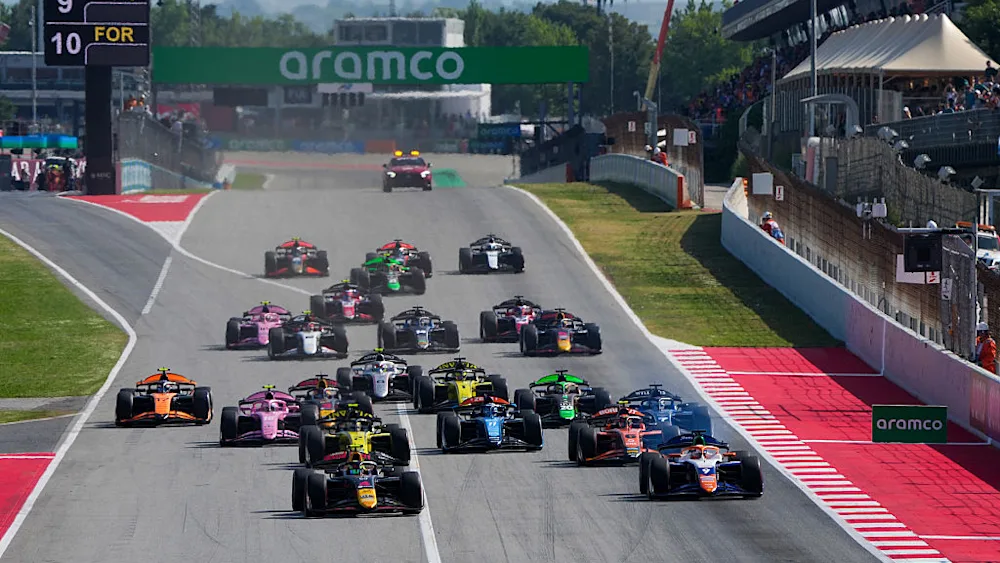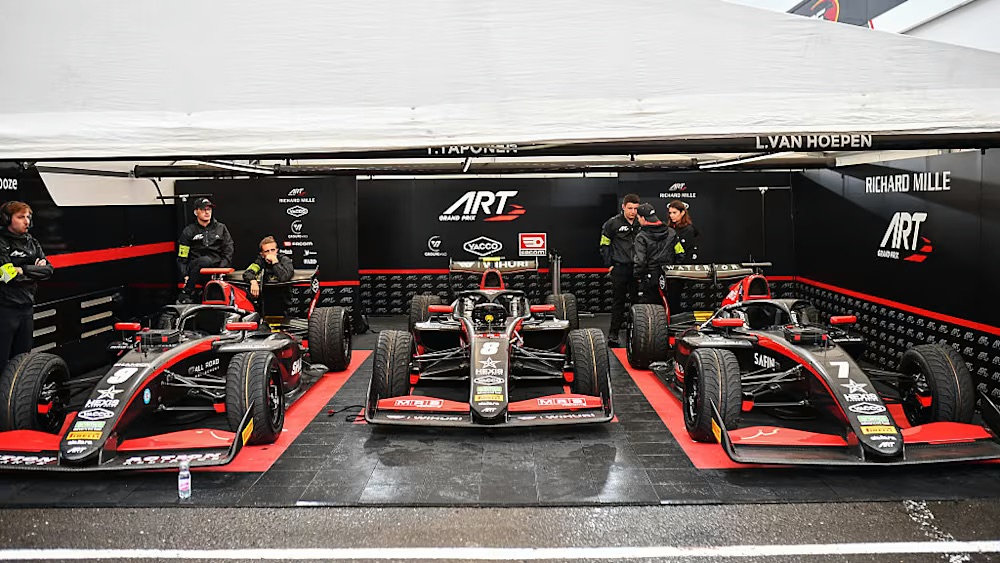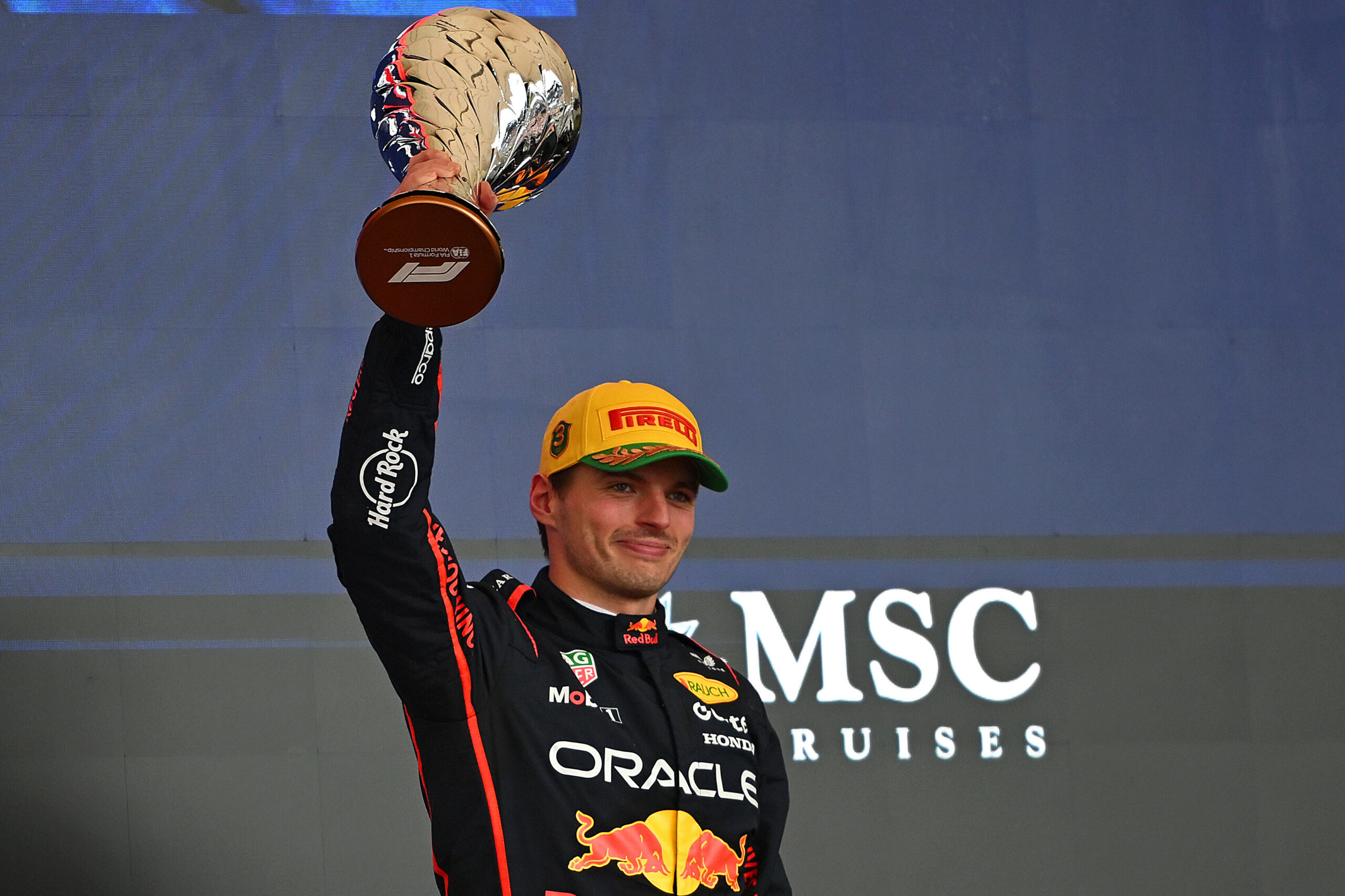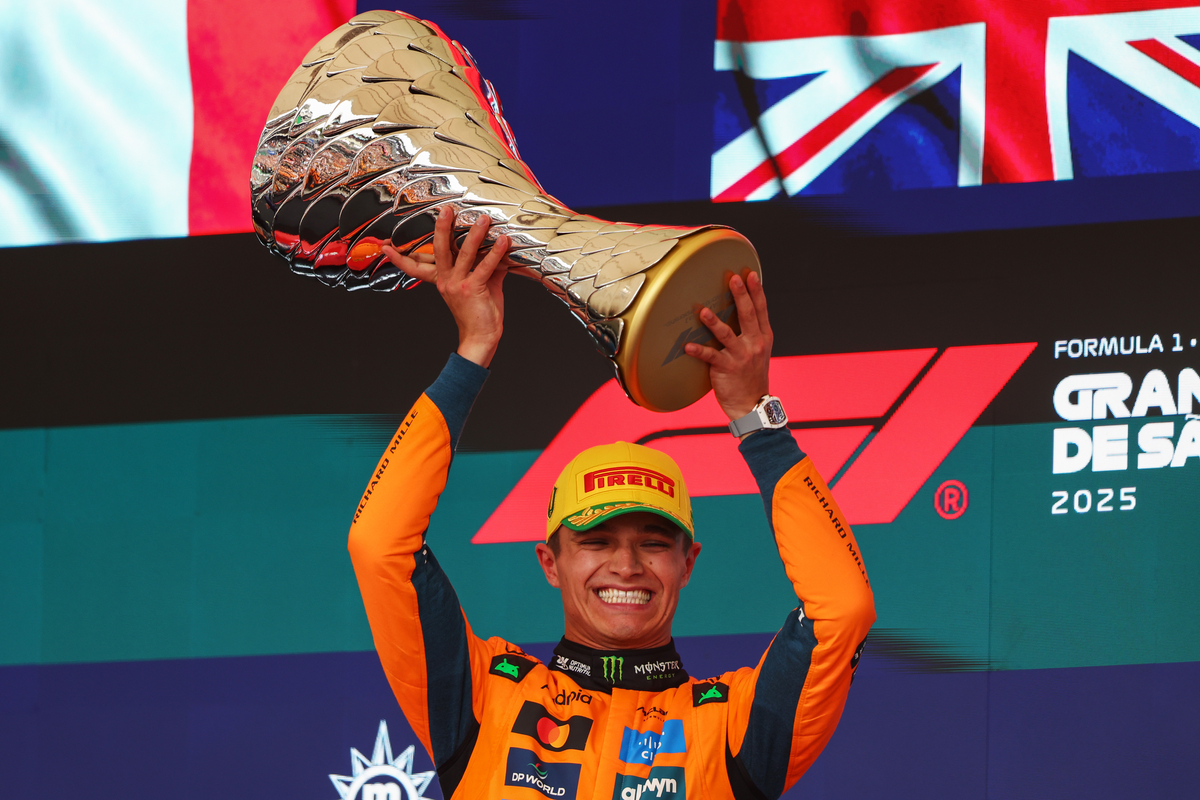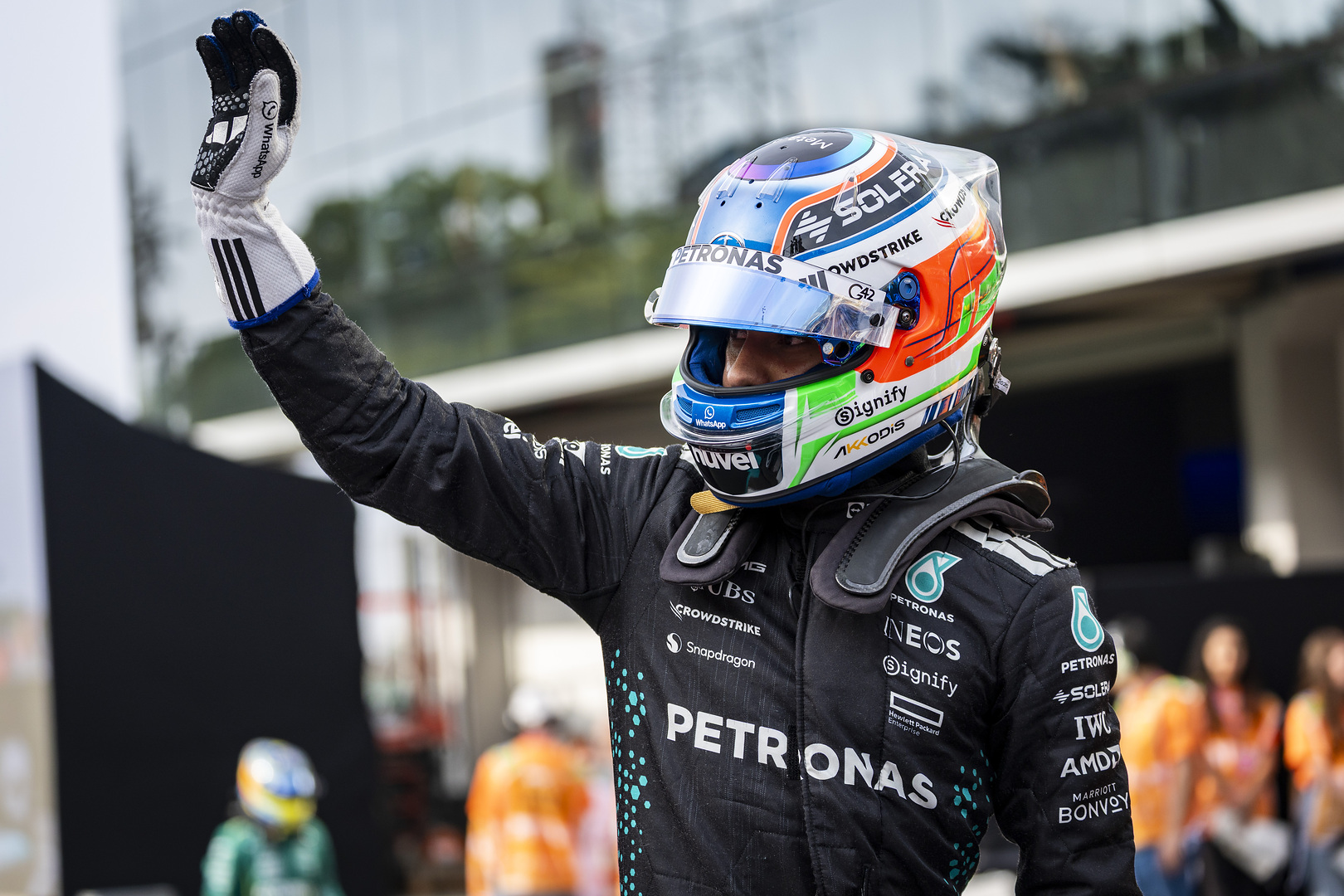When the current-generation Formula 2 car was unveiled in 2023 and launched into competition in 2024, teams across the grid faced a steep learning curve. The redesigned machine—built to reflect the aerodynamic DNA of modern Formula 1 cars—demanded a fundamental rethinking of setup philosophies and driver inputs. One year on, that challenge has transformed into a valuable knowledge base, and teams now return to circuits in 2025 armed with data, insight, and intent.
By now, with a full racing season in the books and nearly half of the 2025 campaign completed, every team has mapped out the nuances of the new car. Pre-season and in-season testing, coupled with competitive mileage, have led to more refined strategies and tighter margins.
More data, closer racing
Rodin Motorsport Team Manager Benn Huntingford says the current F2 car has energised the paddock, both technically and competitively.
“The new car has provided some really close racing,” Huntingford said. “The results are really close and that keeps the team stimulated, along with the drivers. It really pushes everyone to get the best out of everything.”
He noted that the biggest shift from 2024 to 2025 comes from experience, not workload. Returning to familiar venues with a season of data in hand changes the dynamic.
“The only difference tends to be that you’ve got some more data the second time you go to a circuit. So, if anything, there’s a bit more to look at, but it doesn’t take any more time trying to work it out from nothing.”
Refining the process: Hitech’s continued evolution
Hitech TGR Team Manager Clive Hatton echoed the sentiment. While the tools and preparation remain largely unchanged, the understanding of how to extract performance from the Formula 2 car has evolved.
“I wouldn’t say there’s any more or less in terms of workload,” Hatton explained. “You still do the same no matter if it’s the first or second year. You look at the setup, you run your pre-event simulations, you have the driver in the sim. Even though it’s the old car to the new car, you’re still referencing the drive in that way.”
Hatton says Hitech has continued to make minor, incremental changes each race weekend. No setup is simply reused; instead, the team applies lessons from last season while adapting to evolving conditions.
“We’re continuously improving it. It’s not like we’re going to put the exact same car down one year to the next. So there are little improvements we’ve made over the last year, so it’ll be slightly different when we return to each track.”
Competition closes in
With all teams working from the same starting point in 2024, the performance gap has compressed significantly in 2025. A year of racing under the same technical regulations has levelled the playing field, with finer margins now separating frontrunners from midfielders.
PREMA Racing Team Principal René Rosin highlighted how this tight competition has defined the 2025 season so far.
“Competition is very tight. Six different drivers have been on pole in the first six rounds. I think that’s a demonstration of the extremely high level Formula 2 is at,” he said.
“We’re happy for sure. I would like to be further at the front, fighting for wins. So that’s an extra push for us to do an even better job.”
With just 14 points covering the top five drivers in the Standings, the title fight remains wide open. Rosin remains optimistic, but acknowledges the need for continuous improvement to stay in contention.
“I think we need to continue working. We’re fighting and we always fight in a fair way. We are looking forward to great competition in the upcoming races.”
Tight margins and minimal room for error
Nowhere was the competitive nature of modern F2 more evident than in Qualifying at the most recent round in Barcelona. Hatton pointed to how compact the grid has become.
“Formula 2 over the past year has been very, very close. There’s always been different people up there in Qualifying. We saw in Barcelona how close it was in that mid-pack—fifth to 17th separated by less than half a second.”
In a series where every driver uses identical chassis, engines, and tyres, the battle is increasingly decided in the fine margins. Rosin says that preparation, while fundamentally the same as in 2024, now requires more depth and precision.
“In the end, you need to prepare the weekend the same way—with prep at home, discussions between engineers to decide on a run plan on Friday for Free Practice and Qualifying. The preparation is the same, you just add more data to look at instead of starting from a blank piece of paper. We’re continually improving year-on-year, but in terms of workload, it’s absolutely the same.”
A grid more competitive than ever
With the field tightening and teams pushing the boundaries of performance in every session, Formula 2 in 2025 continues to live up to its reputation as the final, unforgiving proving ground before Formula 1. The new-generation Formula 2 car has not only redefined the technical landscape—it has re-energised the battle, creating a spectacle shaped by tiny gains and relentless precision.
As the season heads into its second half, the engineering arms race continues—but so too does the quest for consistency, racecraft, and championship-defining performances under pressure.

